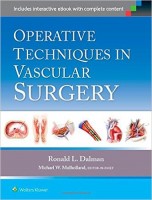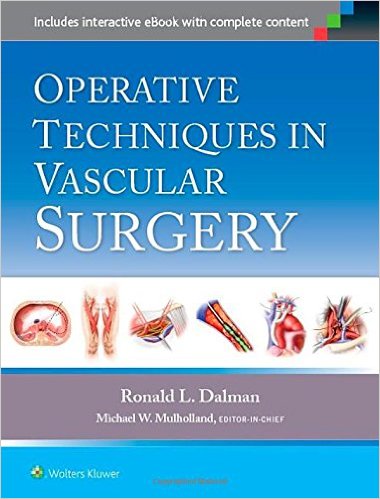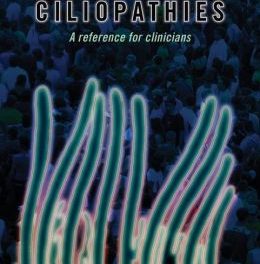 (Part of the Operative Techniques in Surgery series)
(Part of the Operative Techniques in Surgery series)
Editors: Ronald L. Dalman, MD; and Michael W. Mulholland, MD
Publisher: Wolters Kluwer | Lippincott, Williams & Wilkins – 356 pages
Book Review by: Hiro Motiram
Volumes in the Operative Techniques in Surgery series such as this one offer ‘comprehensive treatment of contemporary procedures,’ as the series editor Dr. Mulholland describes it in his Series Preface. Available books in this series contain information that is as current as possible, but also cover not only all types of surgeries, including open, laparoscopic, and robotic operations, but also surgeries on all parts of the human anatomy.
The editors and authors of the chapters in this book (and other volumes in this series) covering various subjects are world-renowned surgeons and experts in their respective specialties. They have not only acquired a lot of knowledge in their field but have also acquired the different skills required in successful surgeries. We believe a good teacher must not only know but must also be able to achieve the desired outcome.
Fifty-four doctors and surgeons – mostly in the United States, but also in Italy and Spain – wrote the 36 chapters of this book on a variety of surgeries involving the vessels and ducts in the human body. The chapters are very systematically organized into nine sections, namely:
- Cerebrovascular Arterial Surgery / Intervention
- Management of the Thoracic Outlet
- Upper Extremity Reconstruction / Revascularization
- Thoracic Aorta Distal to the Pericardium
- Hybrid, Open and Endovascular Approaches to the Suprarenal Abdominal Aorta
- Celiac, Mesenteric, Splenic, Hepatic, and Renal Artery Disease Management
- The Abdominal Aorta and Iliac Arterial System
- Infrainguinal Arterial Disease Management / Limb Salvage Strategies
- Surgical Management of Venous Disease
The entire contents of the print edition are available for download as an eBook. Just follow these three simple steps:
- Go to http://solution.lww.com/access
- Enter the Access Code found on the inside front cover of this book
- Enter your information, click Submit, and follow the on-screen instructions to start reading your eBook
Your book purchase includes not only a complimentary download of the enhanced eBook for iOS, Android, PC and Mac, but also these features:
- Complete content with enhanced navigation
- Powerful search tools and smart navigation cross-links that pull results from content in the book, your notes, and even the web
- Cross-linked pages, references, and more for easy navigation
- Highlighting tool for easier reference of key content throughout the text
- Ability to take and share notes with friends and colleagues
- Quick reference tabbing to save your favorite content for future use
The compilation, organization and presentation of materials is not only systematic, but also consistent, as readers would expect, and be delighted to find.
Most (but not all) chapters have these components and in the order of presentation shown below. Let us take a look at chapter 2, Extrathoracic Revascularization:
- Definition – of important and relevant terms
- Patient History and Physical Findings
- Imaging and Other Diagnostic Studies
- Surgical Management
- Preoperative Planning
- Positioning
- Graft Tunneling and Anastomosis
- Closure
- Postoperative Care
- Outcomes
- Complications
- References
Each chapter also provides special focus – with text and illustrations – on important topics. In chapter 2 for example, you will find bulleted information on these two topics:
- Aortic Arch Debranching
- Endovascular Second Stage
In addition to the above, you will find useful boxed features such as:
- Pearls and Pitfalls
- Techniques
Among the benefits of owning this book are the following:
- Master the full range of procedures
- Apply the latest advances
- Select the best vascular and endovascular approach for each patient
- Learn the nuances of each technique
- Review intra-operative considerations
This book is an excellent resource on the intricacies and possible complications involved in vascular surgery. Its editors and authors are knowledgeable, experienced, and skillful, The material is well organized, making it easy to understand and use.
Editors:
Ronald L. Dalman, MD is Chidester Professor of Surgery and Division Chief of Vascular Surgery at Stanford University School of Medicine in Stanford, California.
Michael W. Mulholland, MD, PhD is Professor Surgery, and Chair of the Department of Surgery at University of Michigan Medical School in Ann Arbor, Michigan.







